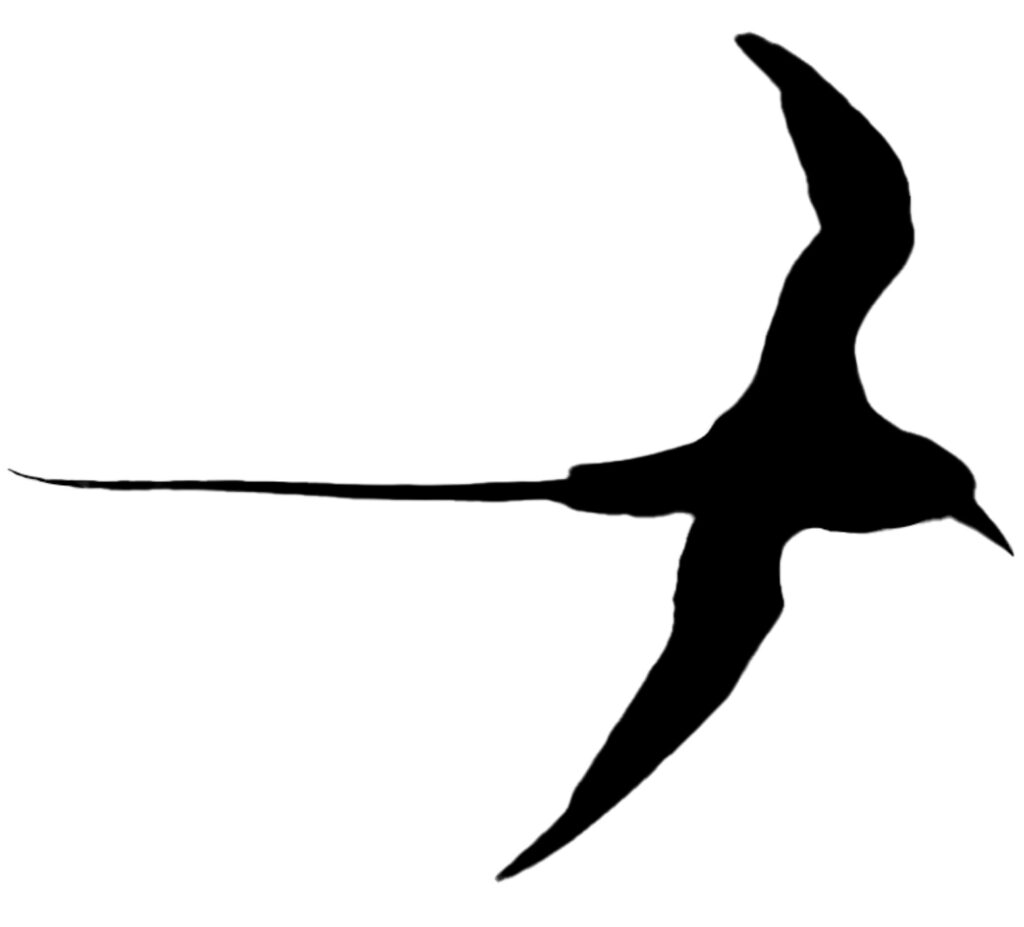Time feels a little more elastic on the boat, especially during overnight passages when we sleep in our clothes and eat a breakfast of peanut M&Ms at 3am. We keep an eye on the clock because of the watch system and our hourly log entries, but I’m constantly surprised when an hour has passed and I’ve spent the entirely of it watching a curious tern try to navigate around our wind instruments to land on the mast.

We record the dry stuff in a basic three-ring-binder and printer paper logbook: latitude, longitude, course over ground, boat speed, wind speed, wind direction, engine hours, sky conditions, etc. If you’ve wondered how Steve remembers every detail for his technical blog posts, here it is:

What we don’t log is how magical some of these passage hours are. Moderate sleep deprivation has something to do with it, but being surrounded by water as far as the eye can see has a strange effect too. Our screens show massive container ships miles to the west, but our eyes say: you’re the only human awake on the only boat in the ocean. When, just after sunrise, a whale breaches a few hundred yards away, heaving its massive self into the air and crashing back down over and over and over, we might get to thinking that we’re more part of the ocean than whatever is happening in the news.
We’ve now seen hundreds of whales spouting, hordes of cormorants running goofily on the water to get up and away as we approach, and packs of sea lions swimming past us like porpoises. But, by, far, the most surreal and wonderful offshore experience was the midnight watch change when Steve and I caught a pair of dolphins racing Flyer through bioluminescence, trailing blue light as they swam out and back. Another sailor we met calls these Cosmic Dolphins and watching them from a boat in the middle of the night feels like a dream.
Afterwards, I couldn’t stop thinking about the children’s book, Amos & Boris by William Steig, about a romantic mouse who goes to sea. I read this page out loud at least twenty times in 2018 during one of Paul’s boat phases and still love it.

“One night, in a phosphorescent sea, he marveled at the sight of some whales spouting luminous water; and later, lying on the deck of his boat gazing at the immense, starry sky, the tiny mouse Amos, a little speck of a living thing in the vast living universe, felt thoroughly akin to it all. Overwhelmed by the beauty and mystery of everything, he rolled over and over and right off the deck of his boat and into the sea.”
And that brings us to the #1 priority of this trip, higher even than finding a cosmic sense of oneness with the natural world: SAFETY.
Our primary goal while offshore is to keep everyone on the boat. At night and in any daytime swell, we wear inflatable PFDs that clip into jack lines running the length of the boat. (Even Pelle has a life jacket!) If we need to leave the cockpit while underway, we let someone else know. We put a reef in the mainsail in the daylight before it gets dark, or one more than we’d normally have if already reefed. If we ever have to try out our life raft, we have procedures laminated and posted near the VHF.


We are fortunate that Flyer is designed for heavy-weather offshore sailing. She’s got a snug cockpit, a manageable sail plan, simple systems, and a doghouse that keeps us comfortable even in the worst conditions. When things get ugly, or we just want to take it easy, sitting in the doghouse is the place to be. We can keep watch with an almost 360 degree view, monitor all the sails and steer the boat using the autopilot from there.


In general, we avoid adventure in favor of hours of quiet offshore reflection. (Ha! Just kidding, the kids still want to spend their quiet hours playing Minecraft.)

Leave a Reply to KirstyCancel reply